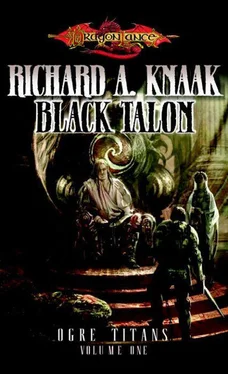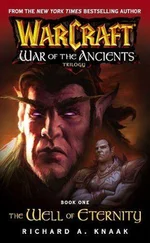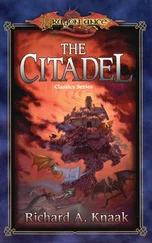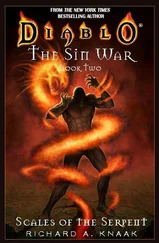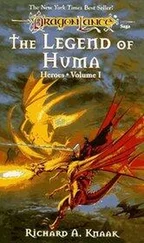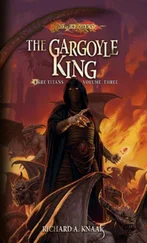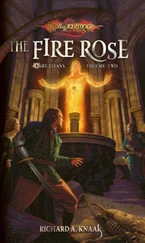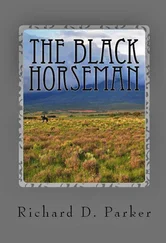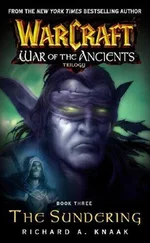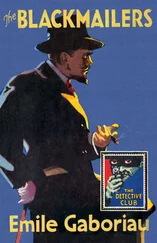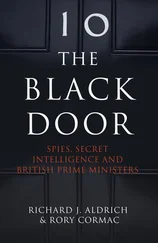Richard Knaak - The Black Talon
Здесь есть возможность читать онлайн «Richard Knaak - The Black Talon» весь текст электронной книги совершенно бесплатно (целиком полную версию без сокращений). В некоторых случаях можно слушать аудио, скачать через торрент в формате fb2 и присутствует краткое содержание. Жанр: Фэнтези, на английском языке. Описание произведения, (предисловие) а так же отзывы посетителей доступны на портале библиотеки ЛибКат.
- Название:The Black Talon
- Автор:
- Жанр:
- Год:неизвестен
- ISBN:нет данных
- Рейтинг книги:5 / 5. Голосов: 1
-
Избранное:Добавить в избранное
- Отзывы:
-
Ваша оценка:
- 100
- 1
- 2
- 3
- 4
- 5
The Black Talon: краткое содержание, описание и аннотация
Предлагаем к чтению аннотацию, описание, краткое содержание или предисловие (зависит от того, что написал сам автор книги «The Black Talon»). Если вы не нашли необходимую информацию о книге — напишите в комментариях, мы постараемся отыскать её.
The Black Talon — читать онлайн бесплатно полную книгу (весь текст) целиком
Ниже представлен текст книги, разбитый по страницам. Система сохранения места последней прочитанной страницы, позволяет с удобством читать онлайн бесплатно книгу «The Black Talon», без необходимости каждый раз заново искать на чём Вы остановились. Поставьте закладку, и сможете в любой момент перейти на страницу, на которой закончили чтение.
Интервал:
Закладка:
Richard A. Knaak
The Black Talon
I
Kern was a harsh, unforgiving place, especially in the drier, dustier regions to the southwest. The overcast sky this day did nothing to negate the heat and, in fact, seemed to amplify it. The parched ground and jagged hills of brown rock that made up the landscape looked almost as if they thirsted, so marked was the absence of any trace, any hint, of moisture.
That would soon change … but it would not be water that drenched the land. It would be blood .
The two armies were maneuvering into final position, their contrasts as striking as their similarities. Pride, as well as the harshness of the land, demanded that they move around in the open. Other races thought them nothing but beasts and butchers, but among ogres there was a brutal code of honor, a sense of what was correct and proper … and what was not.
And because of that, the battle had grown inevitable.
The higher ground belonged to what the Knights of Solamnia or any of the other human factions would have readily recognized as a horde typical of ogrekind. Hundreds of fearsome, tusked giants were brandishing their clubs, axes, and other weapons; at the same time they roared their impatience with those keeping them from charging forward. Squat, flat faces-like some parody of humanity-contorted horribly as their bloodlust rose. Under heavy, bushy brows and framed by mops of lice-ridden hair, jaundiced eyes glared at those on the opposing side.
Most of the horde’s warriors were clad in simple, soiled cloth kilts. A few evinced metal-tipped kilts of the sort that had once belonged to Uruv Suurt-minotaurs-while others wore ill-fitting breastplates not only from the horned ones’ empire, but from human sources. This armor reflected both the silver of the Solamnics and the black of the Nerakans.
Despite their inhospitable environment, nearly all of the warriors were barefoot. Having grown up in that dread realm, ogres who survived to adulthood had feet with soles like tough, tanned leather. Their toenails, like those of their hands, were long, curled, and yellow.
The heavy, repetitive beat of drums stirred the blood of the motley ogre horde, yet the three chieftains who had gathered the army together were not ready to let them loose. Their hesitation derived as much from mutual distrust as from caution against their despised foe. The three chieftains had no love for one another; their simple, agreed-upon goal was to destroy the leader who commanded the enemy, for he threatened not only their power, but all that was their way of life.
The three banners hung at a distinct distance from one another, each chieftain surrounded by his close followers. Crudely drawn images of dripping axes, savage reptilian heads, or birds of prey marked where one war leader’s band ended and another’s began. That was the limit to their organization, though. It was how their kind had fought for generations, in short-lived, makeshift alliances, and in their primitive minds, the chieftains saw no reason for change.
The roar of a giant beast momentarily drowned out all other noise emanating from the horde. The huge, furred mastarks-their prehensile noses swinging around like long, hungry snakes-had been kept in place as long as the massed warriors, and they were equally eager to get moving. More than two dozen of the huge beasts, each with a rider and guard atop, towered over the nine-foot-tall ogres. Their curled tusks were as long as their noses and often crisscrossed one another like two battling swords. It was all that the handlers could do to keep the bulls among the mastarks from jostling and trampling those in their path.
And just as eager for battle were the meredrakes. The size of a horse, the brown-and-green reptiles sensed the coming carnage and anticipated good feeding. Long tongues continuously licked the air as if prowling for blood. Handlers used whips to control the slavering beasts, but already two warriors had perished for the mere mistake of standing too close.
Whips and clubs also had to be wielded on many among the horde’s ranks. Individual warriors were wary of each other, as well as of the rival bands who were temporary allies. Ogre alliances sometimes fell apart before-or during-chaotic battles.
In stark contrast, the troops lined up against the horde suggested a unity and discipline that was remarkable, if not unique, for ogres. Even Solamnic Knights would have been impressed.
They wore uniform breastplates that fit them snugly, and sandals on their feet. Their kilts were fresh and tipped with metal points. Many wore tight helmets that gleamed. Their weapons were the same as their foes’ but newer and sharper. More important, these ogres were divided into specialty units. Those with spears led the ranks, followed by swords, then axes and clubs, then bows. The well-armored ogres were better groomed than their foes, although their trek had taken its toll.
The more organized force-which had marched from the northeast-also boasted mastarks and meredrakes, and those were as restless for battle as their counterparts. Yet their handlers kept better rein, aware of the punishment for failing to do so.
And where three banners fluttered over the opposing horde, only one showed here. On a field of brown, a severed hand clutched a crimson-soaked dagger. The banner was crisp and sewn with a skill that the tri-alliance couldn’t imagine. It flew high over the one whom it represented, a slimmer figure nearly two feet shorter than those obedient to him. He was like no other ogre on either side of the coming battle, and there was in his features that which questioned the purity of his blood, for certain aspects of his appearance looked elf in nature. From the narrower structure of his face to a mouth that-other than the filed nubs that had once been tusks-was smaller and straighter than usual, much hinted at a lineage that might be entwined with that long-lived race.
Almond-shaped eyes of glittering emerald green surveyed the opposing horde with a calculating intelligence beyond the means of most ogres. The dry wind brushed back a dark, thick mane kept combed and clean. The unique ogre, commander of a disciplined army, wore a shining breastplate and kilt. His helmet included a high crest molded to resemble a griffon. At his shoulders was attached a long, sleek cloak of green and brown.
The drumbeats echoing from the other side grew louder, more incessant, he noted. Some of the ogre officers glanced up at their leader, who was mounted on one of the great muscled horses so valued by the higher castes of their race. But the smaller figure did not give any signal yet. His eyes continued to survey the enemy, as if studying each individual warrior.
Even the well-armored ogres grew restive. Despite their shifting and muttering, their leader acted as though he had all the time in the world. He took the reins from his left hand and wrapped them around his right arm. It was impossible to put the reins in his other hand, for that had been chopped off in battle long ago. In its place was, at least for the time being, sharp metal hooks resembling a bird’s talons.
From a pouch at his waist, he removed a tiny vial. Practice enabled him to remove the cork with two fingers while retaining hold of the container. From the vial arose a sweet, flowery scent. The perfume did not remove the stench of so many hot bodies, but it did at least make the ogre leader smile slightly.
He snapped the container shut and replaced it in the pouch. His lone hand slipped to the long sword at his side. Attached to the saddle was a powerful hand axe.
“Hasala” the ogre leader quietly declared.
Around him, a score of closely favored underlings broke out into savage, toothy grins. They had heard. They turned their own fierce beasts away and began to spread through the ranks, shouting commands in the guttural tongue of their race.
Читать дальшеИнтервал:
Закладка:
Похожие книги на «The Black Talon»
Представляем Вашему вниманию похожие книги на «The Black Talon» списком для выбора. Мы отобрали схожую по названию и смыслу литературу в надежде предоставить читателям больше вариантов отыскать новые, интересные, ещё непрочитанные произведения.
Обсуждение, отзывы о книге «The Black Talon» и просто собственные мнения читателей. Оставьте ваши комментарии, напишите, что Вы думаете о произведении, его смысле или главных героях. Укажите что конкретно понравилось, а что нет, и почему Вы так считаете.
